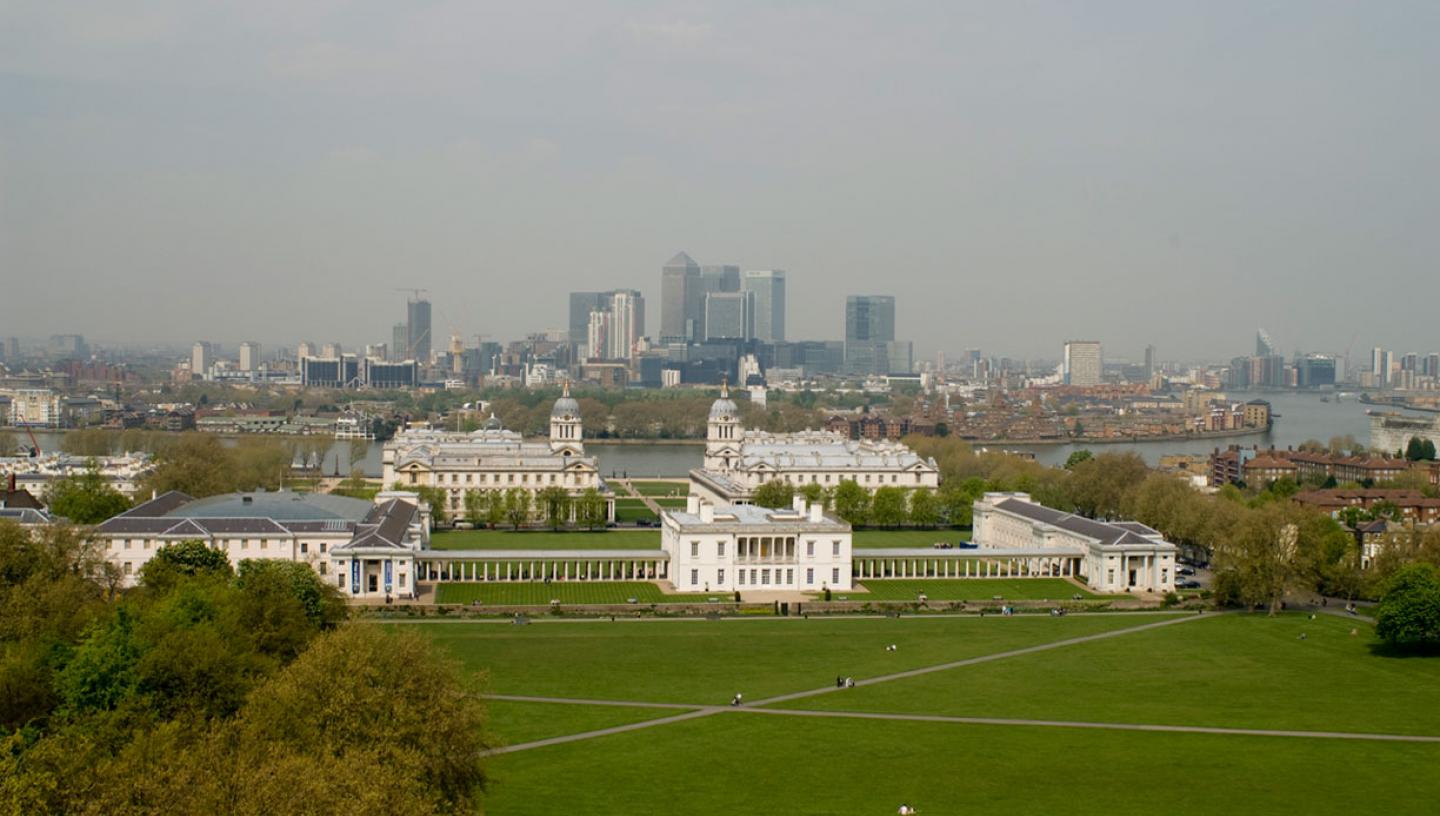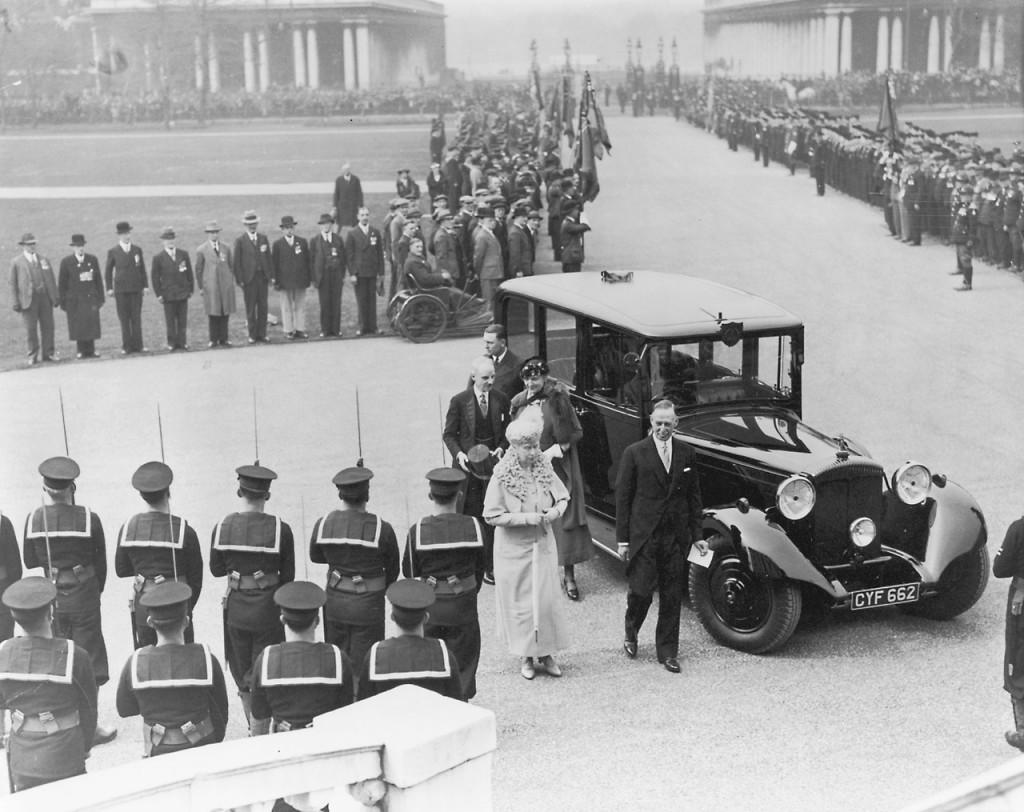
Essential Information
| Location |
National Maritime Museum
|
|---|---|
17 Jul 2015
In March 2015 our groundbreaking family show Against Captain’s Orders opened to the public. Now in a series of blogs the National Maritime Museum (NMM) and Punchdrunk (PD) come together again to discuss how the exhibition developed from initial concept stage to the first visitors through the door.
However, like all things that go Against Captain’s Orders these blogs aren’t quite what they seem as the museum has agreed to Punchdrunk’s request to structure the series around an old museum myth, the apparent disappearance of curator Elinor Grey. If you're new to the blog then we suggest you start from the beginning here.
PD: So here we are outside the main entrance to the National Maritime Museum.
NMM: We are. I suppose the pertinent question would be why?
PD: Besides it being a beautiful spot to enjoy such a gorgeously sunny day?
NMM: Yes besides that.
PD: Beginnings. Beginnings can be hard to pin down. Those first conversations which spark an idea are often fleeting, half forgotten things, snippets of which are clear, but none of which provide that concrete sensation of “that’s when we got started”. For me this spot has always provided that. The first time I walked through these doors felt like a beginning. We didn’t know what we were going to make, we hadn’t even heard of the stores, but that day you said something that summed up exactly what we should be trying to do and why. Do you remember?
NMM: I don’t I’m afraid. I’m sure it wasn’t all that inspiring.
PD: It was. It was perfect. I wrote it down. Here (hands over a note book)
NMM: (reading) Oh yes I do remember this.
PD: Read it out. Go on, it’s good..
NMM: History is often seen as fixed, immovable, distant. A place divorced from the here and now, but that’s simply not true. We need to inspire our visitors, particularly the young ones to see history differently. As something that is alive, actively shaping who we are and the world we live in and, importantly being continuously reshaped by us. History can’t stay trapped in the past, trapped behind glass, it needs to be prodded, poked, challenged, explored. A visit to a museum shouldn’t be the end of a story, it should be the beginning of one. It should be exciting. Then you asked Like an adventure? And I said Exactly. We need to create an adventure.
PD: And for me that was that. We were going to make an adventure. An adventure that would launch us through these imposing doors, these grand buildings and all the secrets contained within them. I left here buzzing with excitement.
NMM: We did too. I think secretly everyone had been waiting for a project like this. We get so excited about the history we deal with every day, we can see the magic in it, but talking to you about your past projects was the first time we began to see how we might bring it to life. It felt new and, as you say very exciting.
PD: As exciting perhaps as things must have felt on Tuesday, April 27th 1937. NMM: You mean the day the Museum opened?
PD: Exactly. When crowds would have lined this path to watch King George VI open these grand doors for the first time. Perhaps our mysterious Elinor Grey was among them. Is this where her journey started? Is this also her beginning?
NMM: I hate to burst your bubble, especially when you’re in full flow, but I’m going to have to say no.
PD: No?
NMM: Well certainly not in any crowd lining this path. When the Museum opened King George arrived through the central gate and would have driven up there (points) to the front of the Queen's House. The crowds were over there, not here at all I’m afraid. And as for Elinor Grey, there’s no evidence whatsoever to suggest she was here that day.

PD: Nothing specific, but we know she came to work for the Museum.
NMM: the story goes that she worked at the Museum from sometime in mid-1940s. What makes you think she was here in 1937?
PD: Her passion for maritime history. Elinor Grey took on a role at the Museum because of that passion. It's easy to imagine that it would have also brought her here.
NMM: Ah this is the problem you see. You’re imagining where you should be looking at the facts.
PD: You don’t think using imagination can help get to grips with history? Surely taking a creative leap is essential if we want to understand the dates and names. Isn’t that key to your idea of history being alive?
NMM: I think we need to work with hard evidence, otherwise we’re adrift, lost, looking in all the wrong places. Quite literally in our case. That ability to make a creative leap might be great, but only when we have all the information, or as much as is available. Otherwise we’re just making things up.
PD: For argument's sake lets say you’re right. Where would you take us next?
NMM: Or more importantly where would I have taken us first?
PD: Yes OK, where first?
NMM: Like any good detectives we look for “the facts” of course, “just the facts”.
PD: Yes very good...